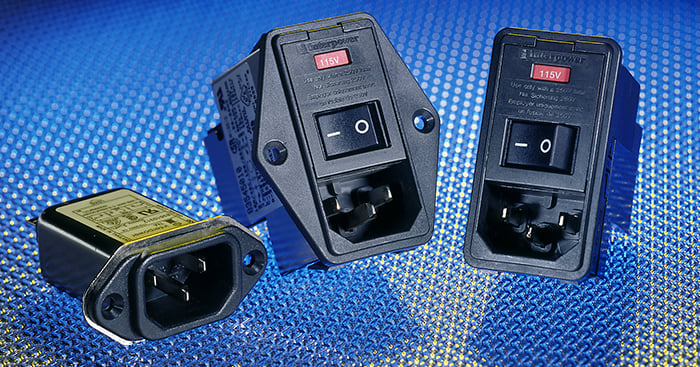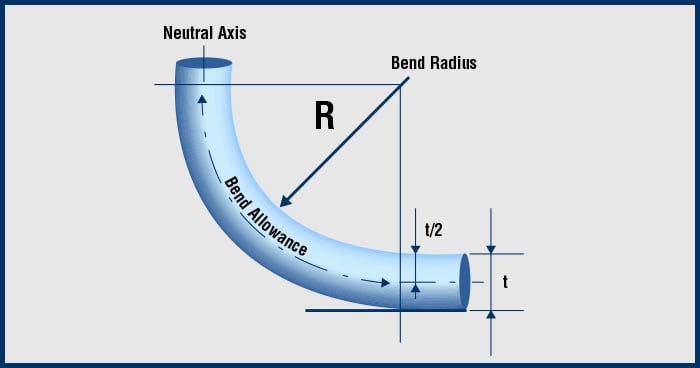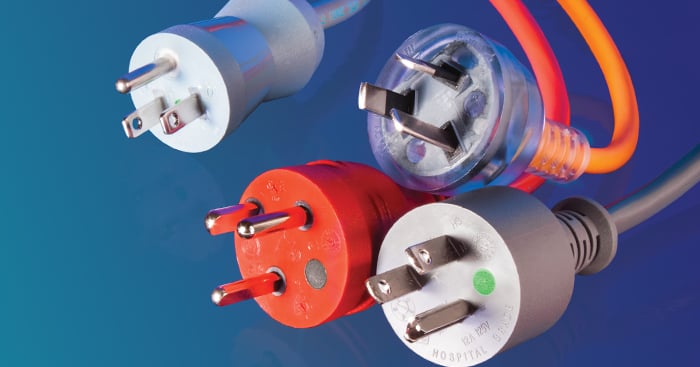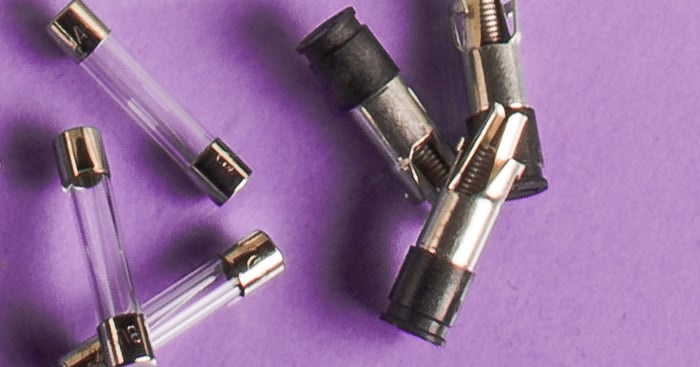Recent Posts
Benefits of Using a Power Entry Module in Your Electrical Design
Posted on 12/7/20 4:18 PM
A module is a device that combines multiple functions into a single unit to control power entry. There are several reasons to choose a module over individual components that are installed piecemeal. When choosing a module in your design, the first step is deciding which functions or components your module should contain. Typically an Interpower module offers two to five functions: an inlet, outlet, switch, circuit protection, voltage selector, and a filter.
Topics: product design, modules, designing for export
Importance of Knowing the Recommended Minimum Bend Radius for Cable
Posted on 9/28/20 3:23 PM
Cable is made up of specialized material and components that are vital parts of making a world-class power cord or cord set. If one of the cable components is damaged, it can directly affect the product. Making sure you know the recommended minimum bend radius for cable is critical to the performance and longevity of your product and its ultimate success.
Topics: cable, electrical safety, product design
Hospital-Grade Cords—Fighting the Good Fight
Posted on 9/14/20 4:46 PM
Whether it’s a hospital in a city or a clinic in a small town, reliable power is critical to medical facility patients, families and staff. Interpower Hospital-grade plugs can be molded or hand-wired in several colors. The color of choice for many hospitals and clinics, however, is the clear, see-through Interpower hospital plug. The clear plug allows medical staff to see if plug wiring and other components remain intact.
Topics: product design, testing, hospital-grade cords
Design Strategies with Fuses
Posted on 9/1/20 3:50 PM
When designing a new electrical or electronic equipment product, an important aspect of your design will be how to implement circuit protection. How do you ensure the safety of both the equipment and the equipment operator in the event of a circuit overload?
Topics: electrical safety, fuses, product design
New Product Designs
Posted on 8/17/20 1:36 PM
Topics: product design, designing for export, product development









